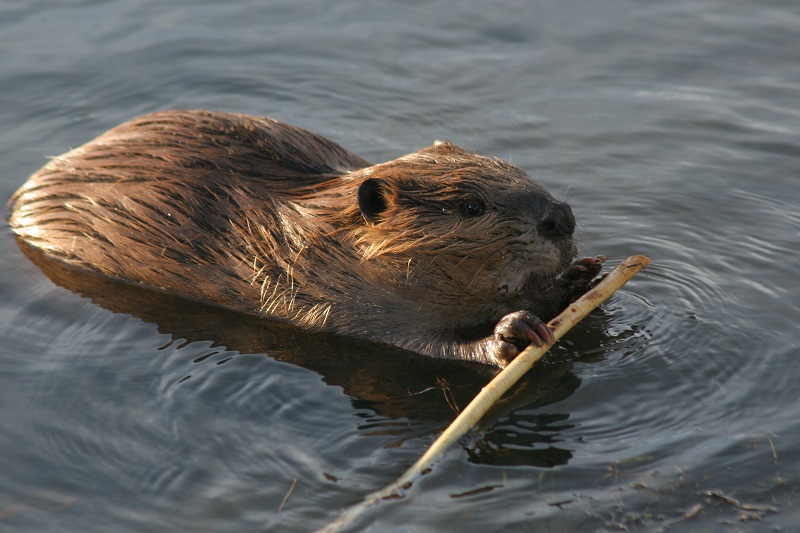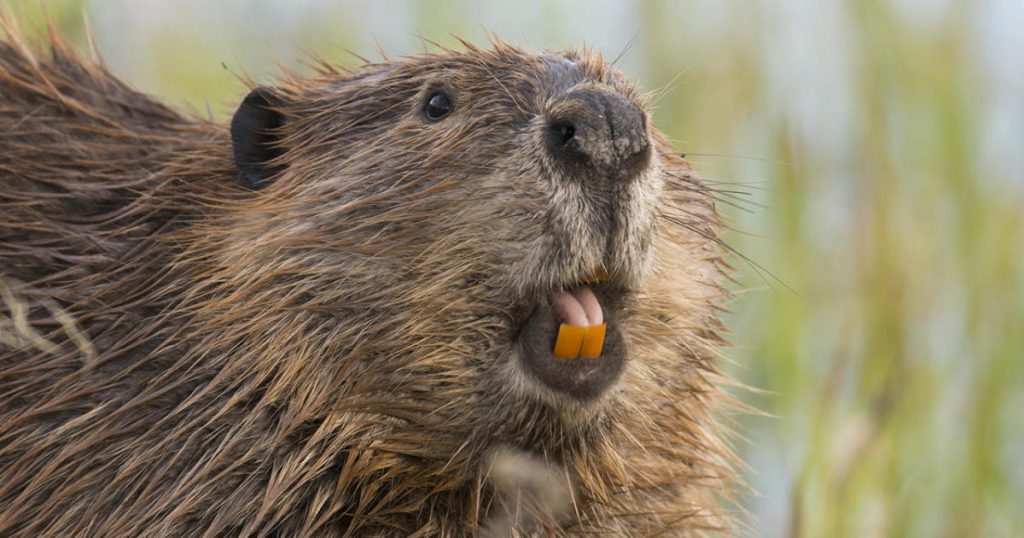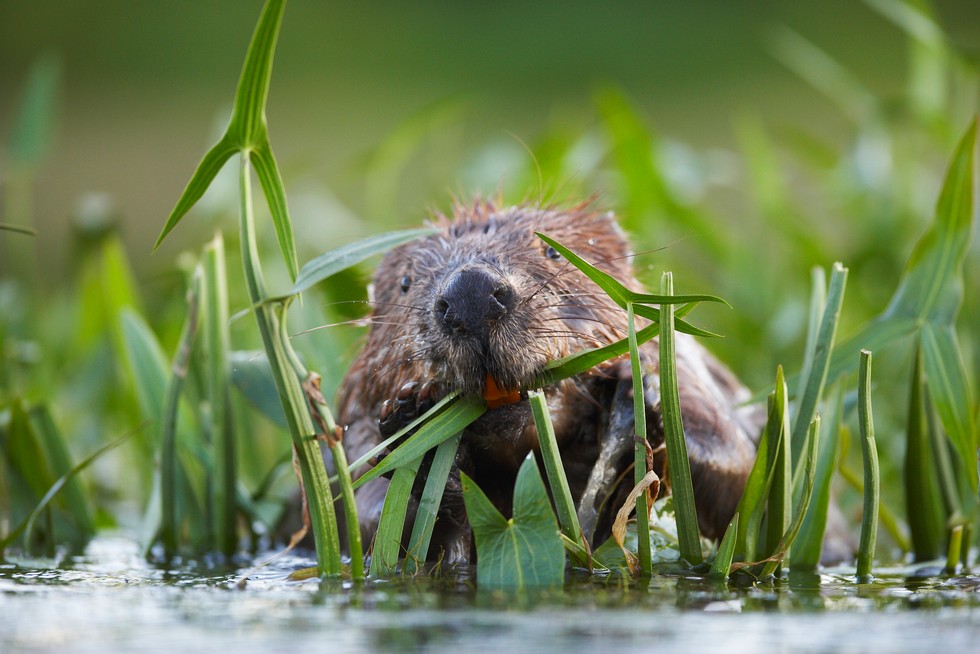Beavers are fascinating creatures that have played a crucial role in shaping North American ecosystems. They are known for their impressive engineering skills, which they use to construct dams, canals, and lodges. However, beavers’ most significant contribution to the environment is their creation of burrows. In this article, we will delve into the world of beavers and their burrows, exploring their history, construction, benefits, and impact on the environment.

- Beavers: An Overview: Beavers (Castor canadensis) are semi-aquatic rodents native to North America. They are known for their flat, paddle-like tails, webbed hind feet, and large, sharp teeth. Beavers live in family groups consisting of a monogamous pair and their offspring. They are primarily active at night and feed on bark, leaves, and aquatic plants.
- The Role of Beavers in Ecosystems: Beavers have played a vital role in shaping North American ecosystems for thousands of years. They create dams, canals, and lodges, which provide habitat for a wide range of species, including fish, amphibians, birds, and mammals. Dams also help maintain water levels in wetlands and recharge groundwater supplies, which can improve water quality and prevent erosion.
- Beavers’ Burrows: Construction and Features: Beavers’ burrows, or lodges, are impressive feats of engineering. They are constructed from branches, mud, and other plant materials and can be up to eight feet tall and ten feet in diameter. Burrows are typically built in shallow water near the edge of a pond, stream, or lake. They have underwater entrances, which provide protection from predators and serve as access points for the beavers to swim in and out.
The interior of a burrow is divided into two sections: a dry chamber and a wet chamber. The dry chamber is located above the waterline and is used for sleeping, grooming, and food storage. The wet chamber is below the waterline and is used for swimming, escaping predators, and accessing the outside world.

- Benefits of Beavers’ Burrows: Beavers’ burrows provide numerous benefits to the environment and surrounding wildlife. They serve as a safe haven for beavers, protecting them from predators and harsh weather conditions. Additionally, burrows provide habitat for other animals, including muskrats, otters, and birds.
Burrows also play an essential role in maintaining wetland ecosystems. They store water during droughts, help regulate water flow, and provide nutrient-rich sediment that promotes plant growth. The wetland habitat created by beavers’ burrows supports a diverse array of plant and animal species, making it a critical component of many ecosystems.
- Impact of Beavers’ Burrows on Humans: While beavers’ burrows provide numerous benefits to the environment, they can also impact human activities. Beavers’ dams can cause flooding in low-lying areas, which can damage crops and property. Additionally, beavers’ activity can disrupt water flow and cause erosion.
However, these impacts can be mitigated through proper management techniques, such as installing flow devices or removing dams in strategic areas. Additionally, beavers can be relocated to areas where their activities will have a minimal impact on humans. It is essential to balance the benefits of beavers’ burrows with potential human impacts to ensure their continued presence in ecosystems.

Beavers and their burrows play a vital role in shaping North American ecosystems. Their impressive engineering skills create habitats for a wide range of species, regulate water levels, and promote the growth of plant and animal life. While their activity can impact human activities, proper management techniques can mitigate these impacts. By understanding the importance of beavers’ burrows, we can work to protect and preserve these fascinating creatures and the ecosystems they inhabit.